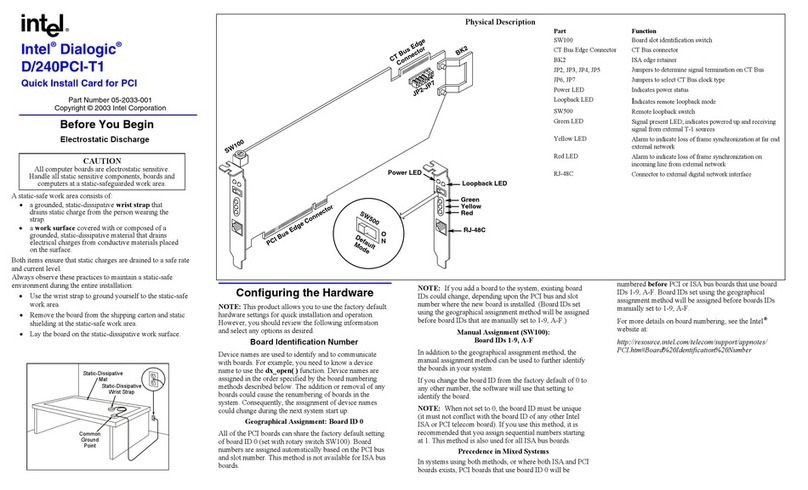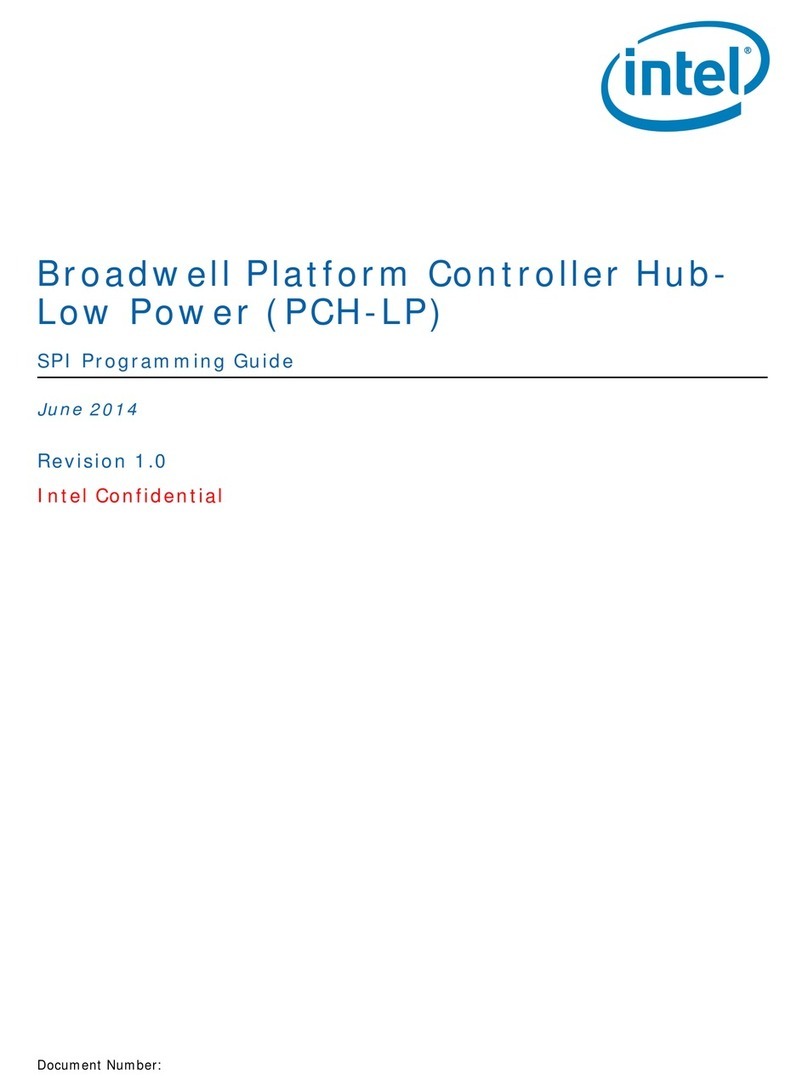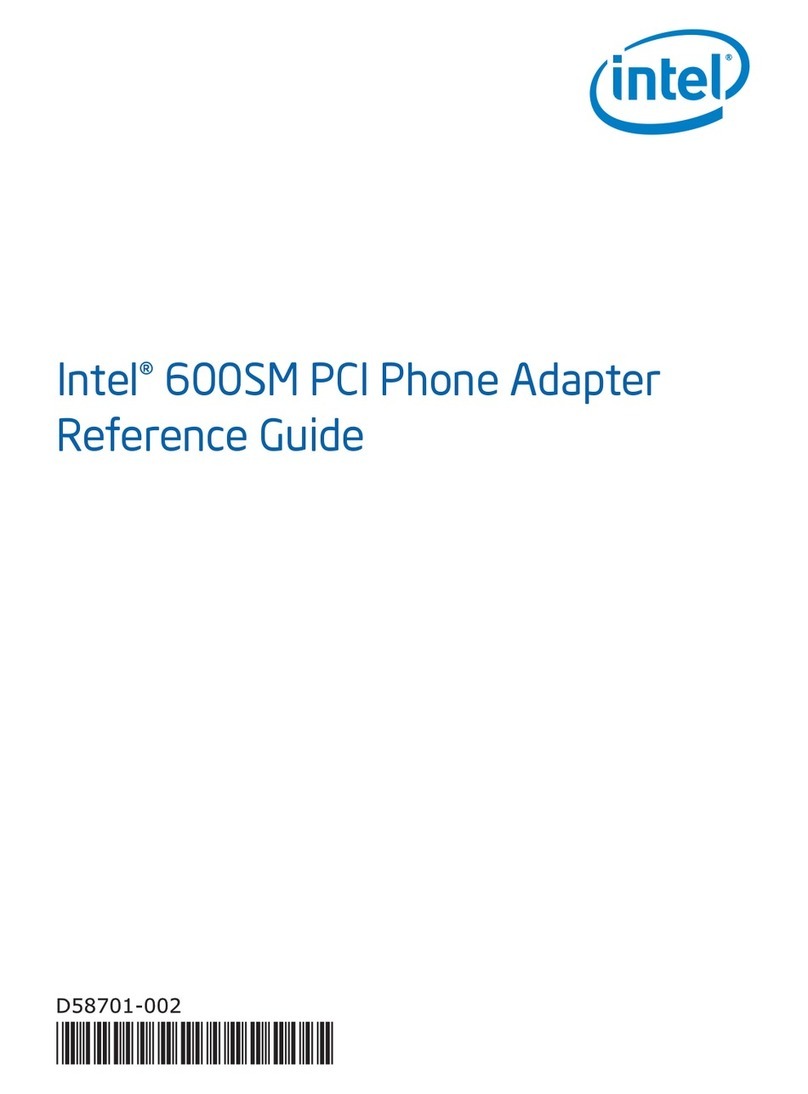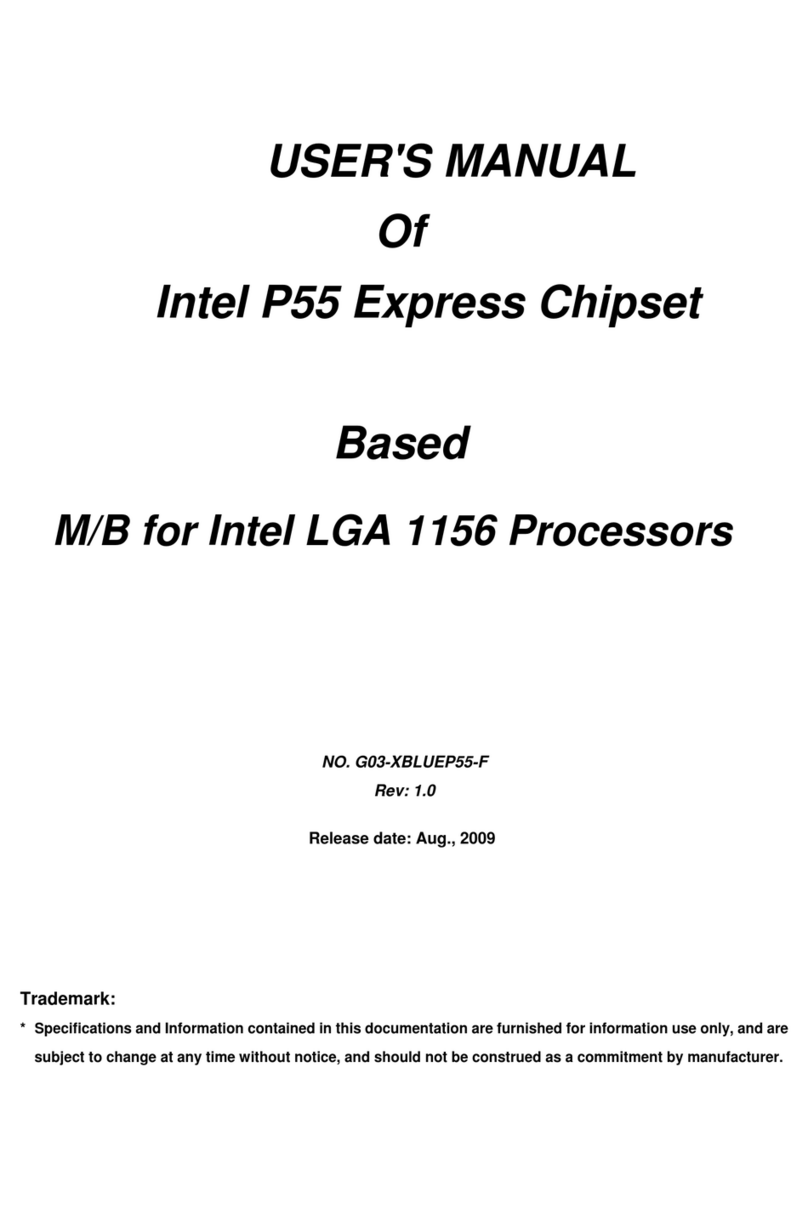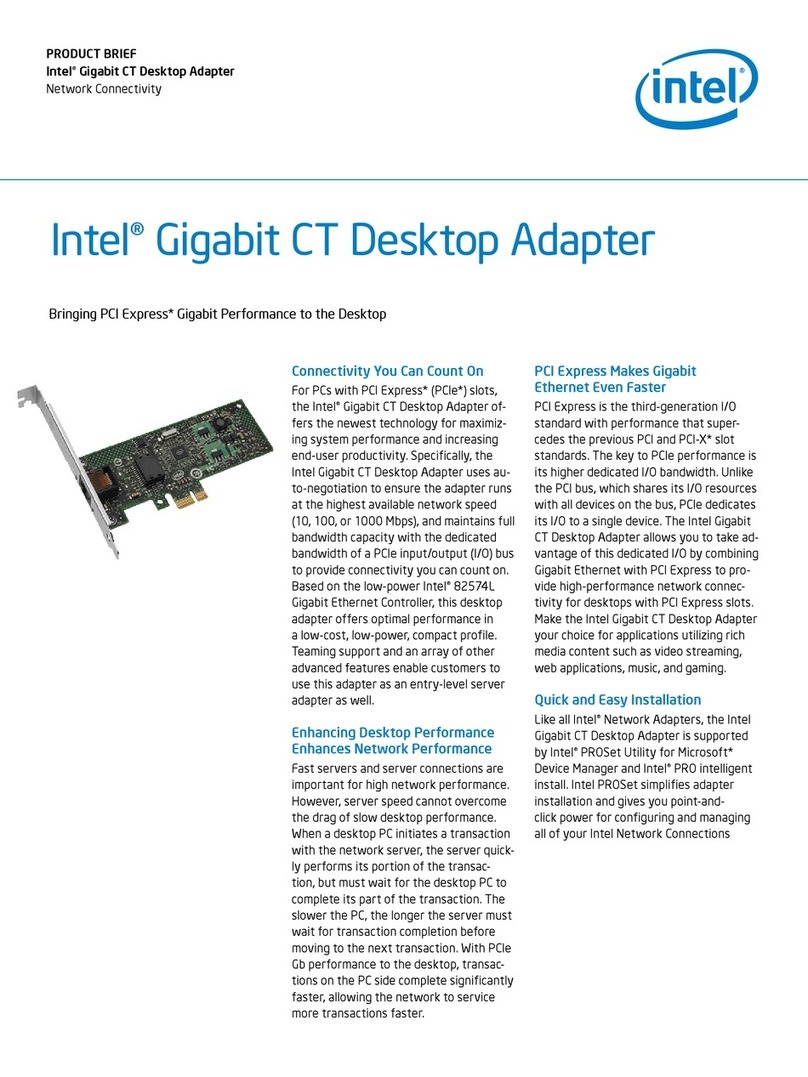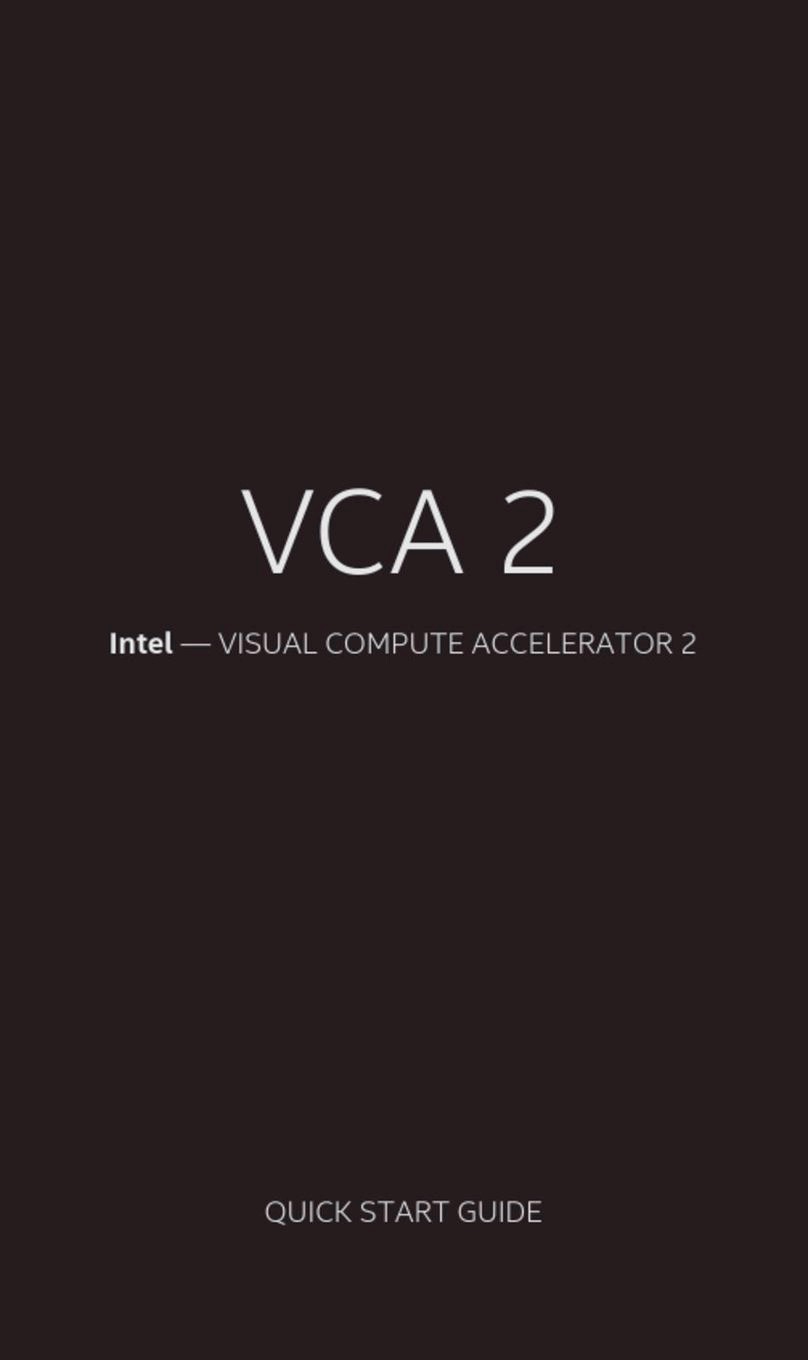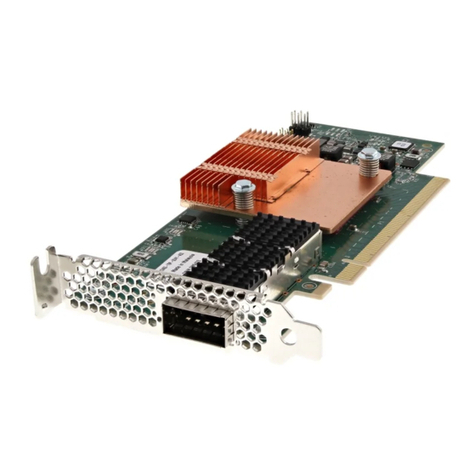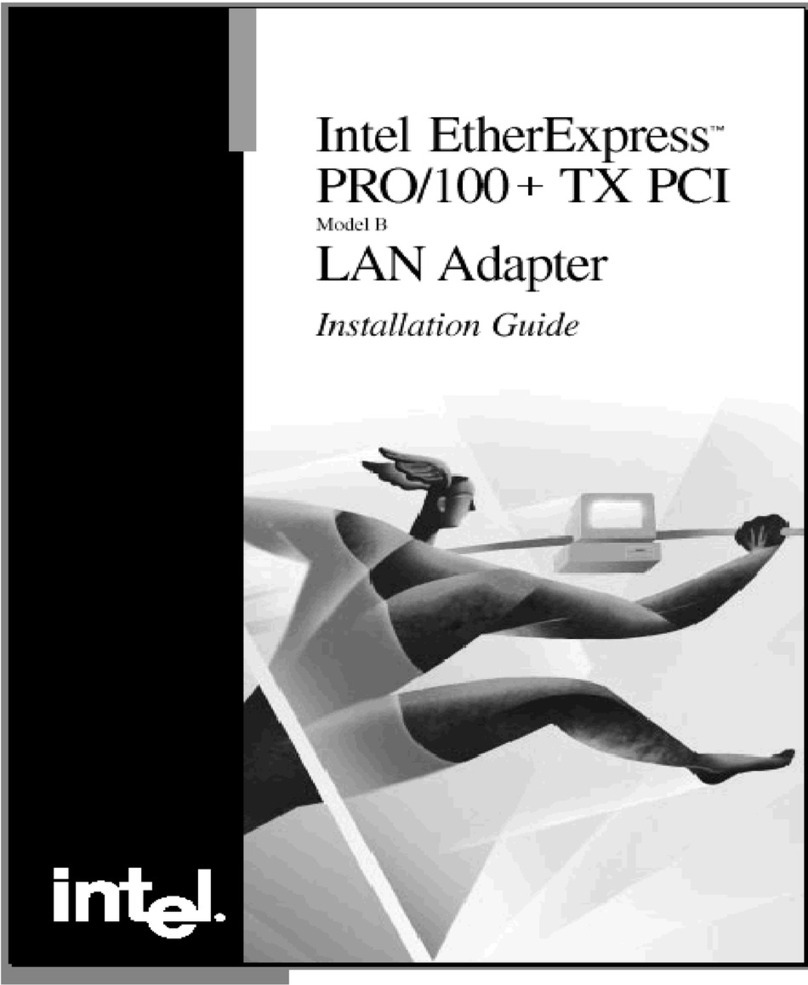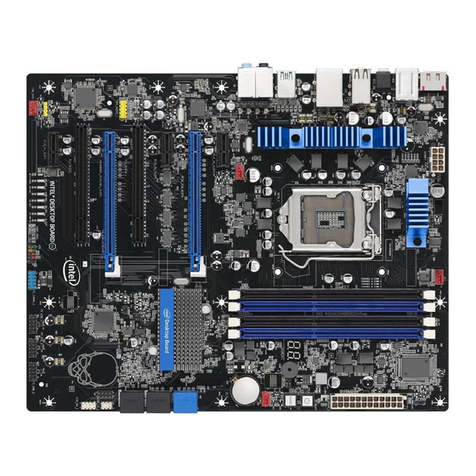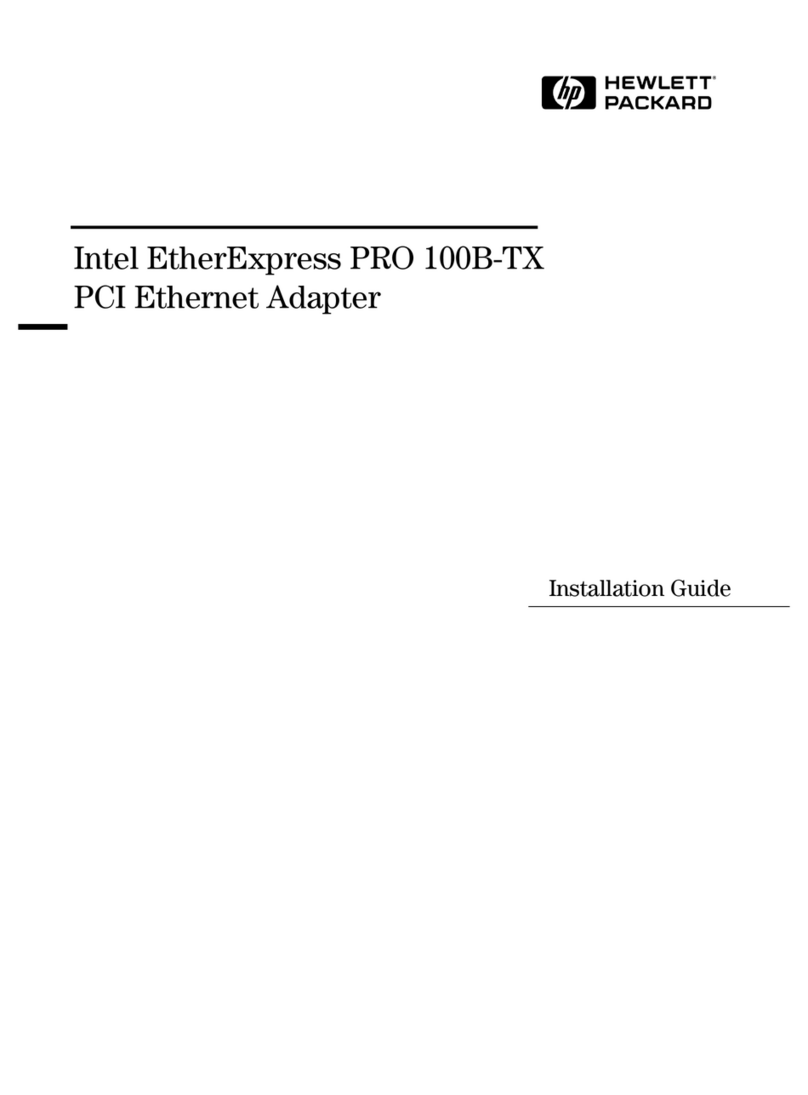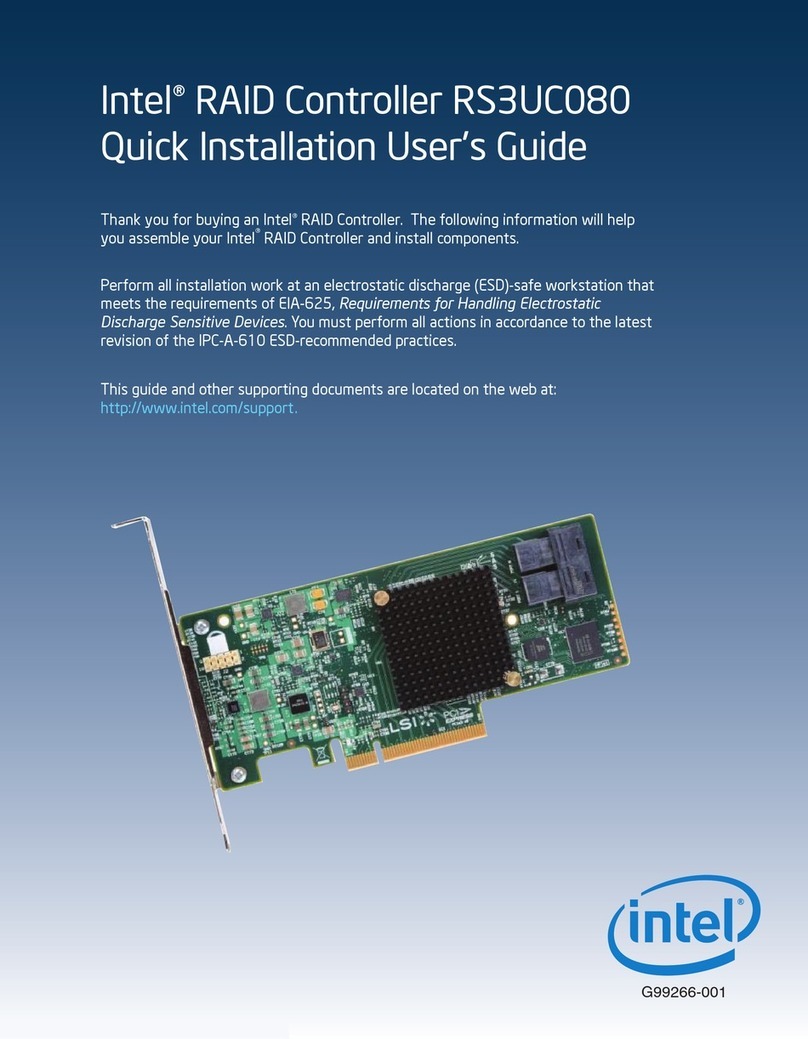
ii
ENVIROMENTAL SAFETY INSTRUCTION................................................................iii
USER’S NOTICE.........................................................................................................iv
MANUAL REVISION INFORMATION.........................................................................iv
COOLING SOLUTIONS ..............................................................................................iv
CHAPTER 1 INTRODUCTION OF H67 EXPRESS CHIPSET MOTHERBOARDS
1-1 FEATURES OF MOTHERBOARD .............................................................................1
1-1.1 SPECIAL FEATURES OF MOTHERBOARD...............................................2
1-2 SPECIFICATION.........................................................................................................3
1-3 LAYOUT DIAGRAM....................................................................................................4
CHAPTER 2 HARDWARE INSTALLATION
2-1 HARDWARE INSTALLATION STEPS.......................................................................5
2-2 CHECKING MOTHERBOARD'S JUMPER SETTING................................................5
2-3 INSTALLING CPU.......................................................................................................6
2-3-1 GLOSSARY...................................................................................................6
2-3-2 ABOUT INTEL LGA 1155 CPU SOCKET.................................................7
2-3-3 LGA 1155 CPU INSTALLATION GUIDE......................................................8
2-3-4 INTEL REFERENCE THERMAL SOLUTION ASSEMBLY..........................9
2-4 INSTALLING MEMORY..............................................................................................10
2-5 EXPANSION CARDS..................................................................................................11
2-5-1 PCI-EXPRESS SLOT....................................................................................11
2-5-2 PROCEDURE FOR EXPANSION CARD INSTALLATION...........................11
2-6 CONNECTORS, HEADERS........................................................................................12
2-6-1 I/O Back Panel CONNECTORS ...................................................................12
2-6-1 INTERNAL CONNECTORS...........................................................................12
2-6-2 INTERNAL HEADERS...................................................................................14
CHAPTER 3 INTRODUCING BIOS
3-1 ENTERING SETUP.....................................................................................................17
3-2 BIOS MENU SCREEN ...............................................................................................17
3-3 FUNCTION KEY..........................................................................................................18
3-4 GETTING HELP ..........................................................................................................18
3-5 THE MAIN MENU........................................................................................................18
3-6 MAIN MENU................................................................................................................18
3-7 ADCANCED MENU.....................................................................................................19
3-8 CHIPSET MENU..........................................................................................................23
3-9 BOOT MENU...............................................................................................................25
3-10 SECURITY MENU.......................................................................................................26
3-11 SAVE & EXIT MENU...................................................................................................26
3-12 HOW TO UPDATE BIOS .........................................................................................27
CHAPTER 4 DRIVER & FREE PROGRAM INSTALLATION
4-1 AHCI/RAID INSTALL INTEL AHCI/RAID DRIVER....................................................29
4-2 STARTING UP YOUR COMPUTER ...........................................................................30
TABLE OF CONTENT
